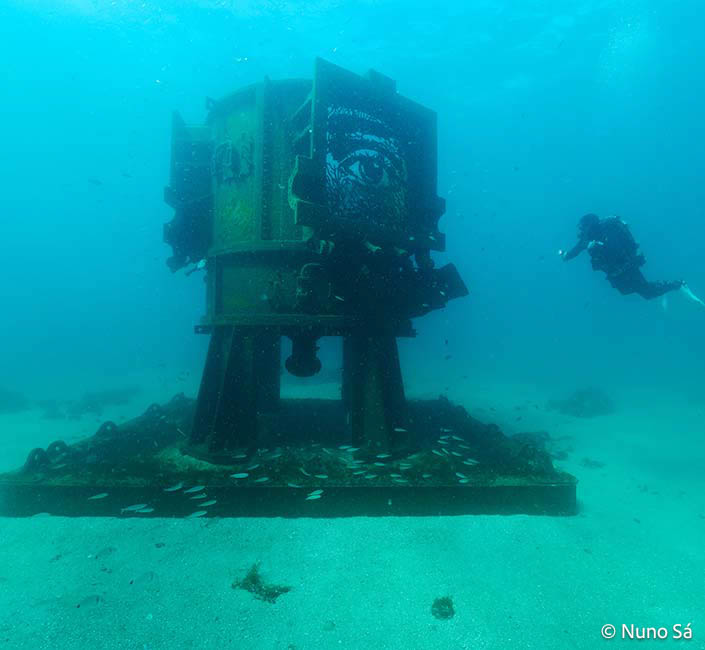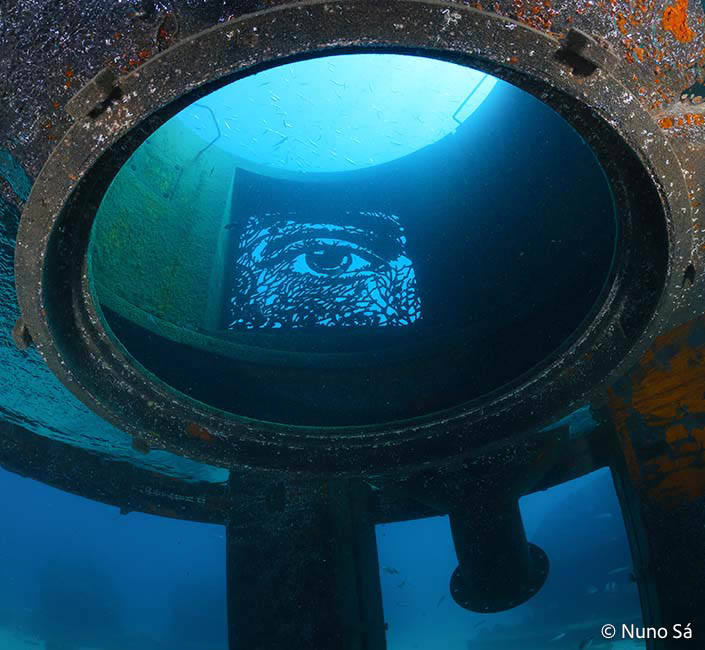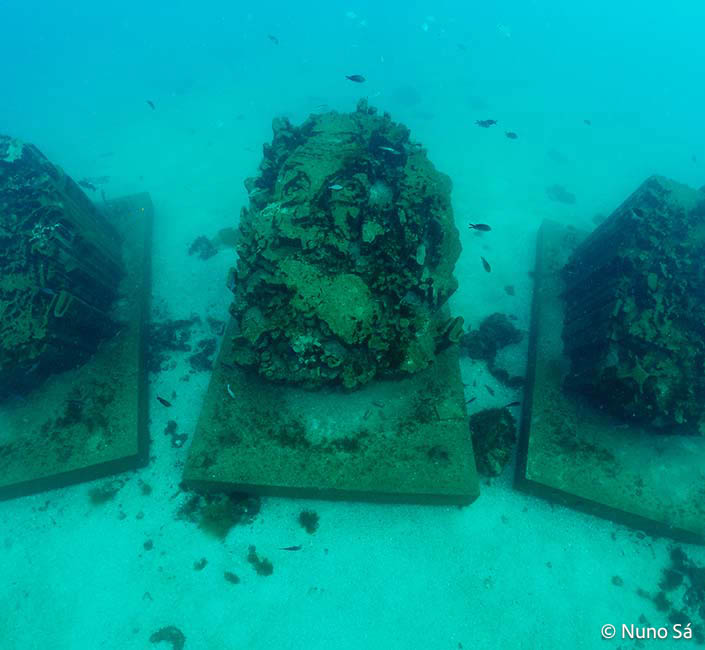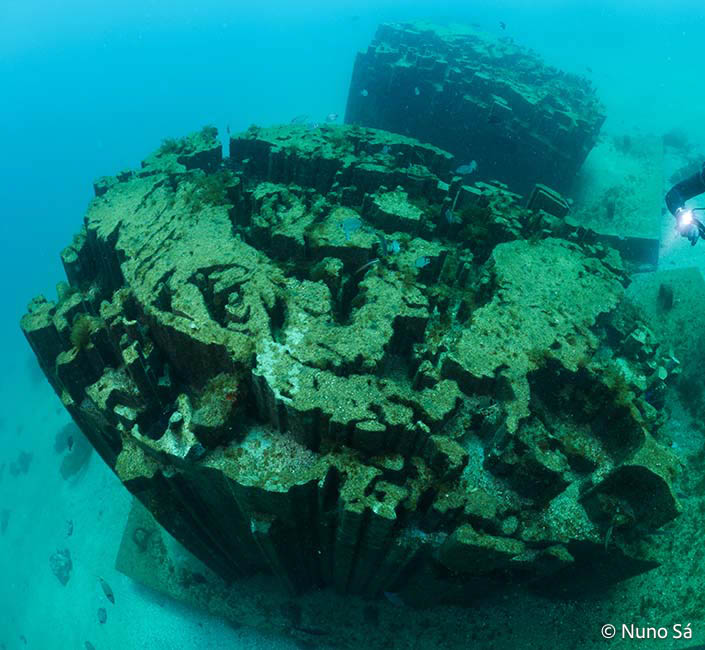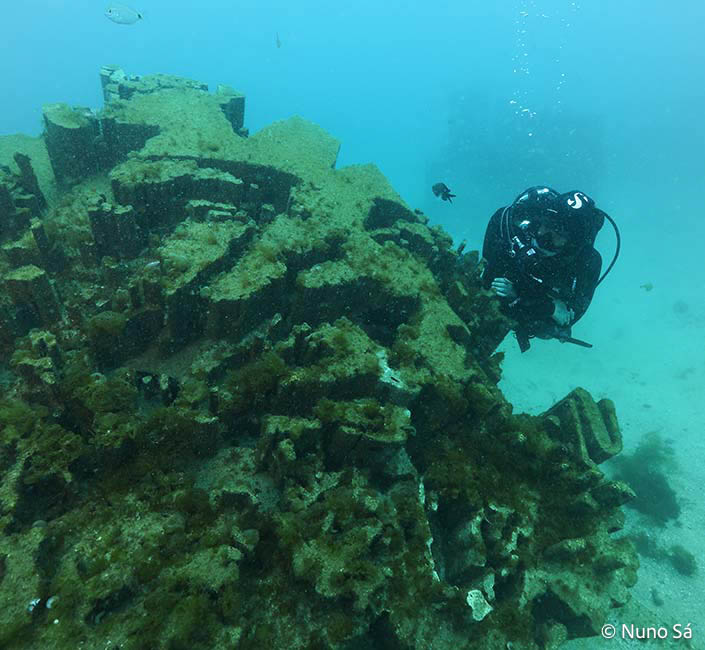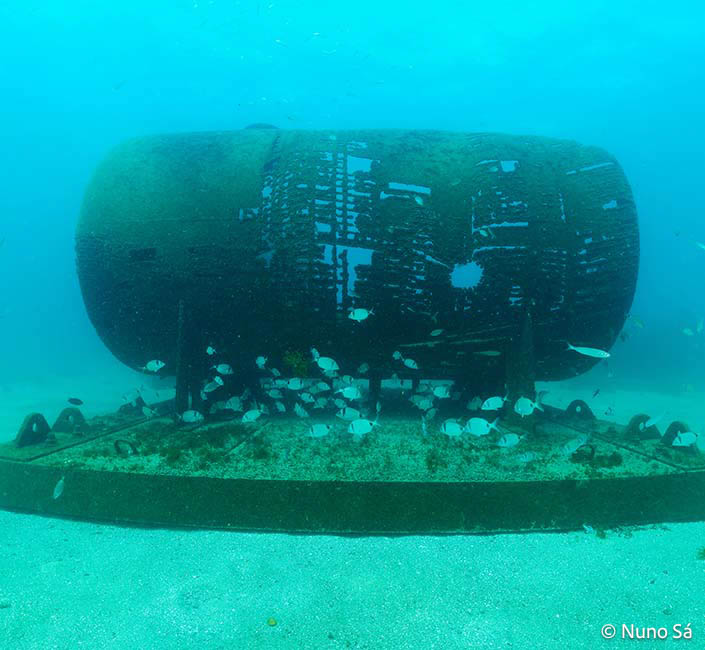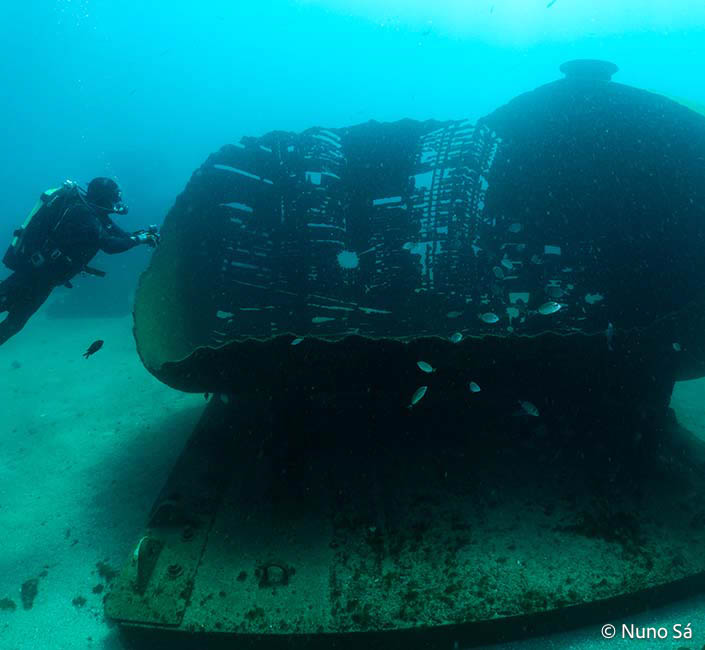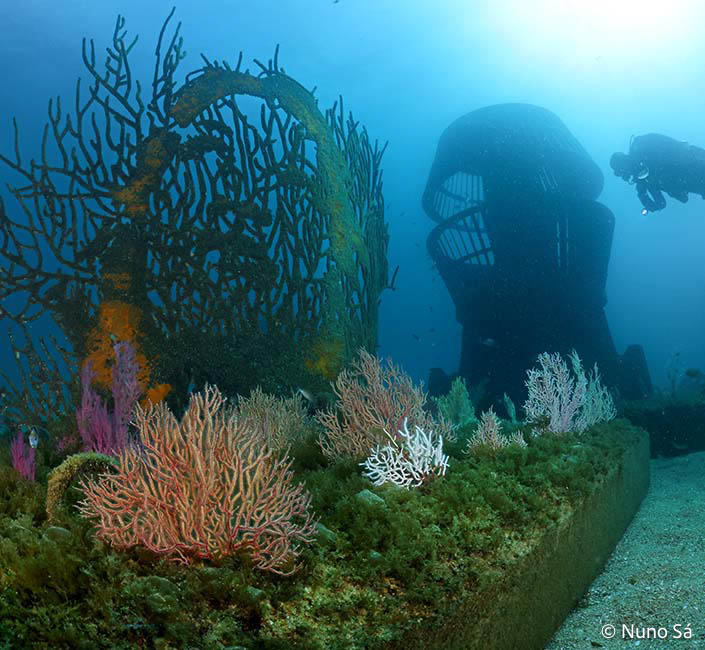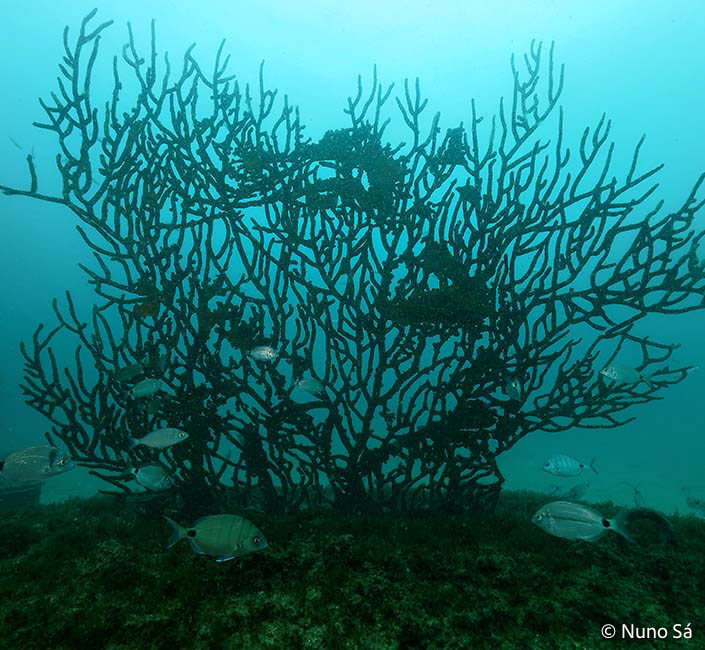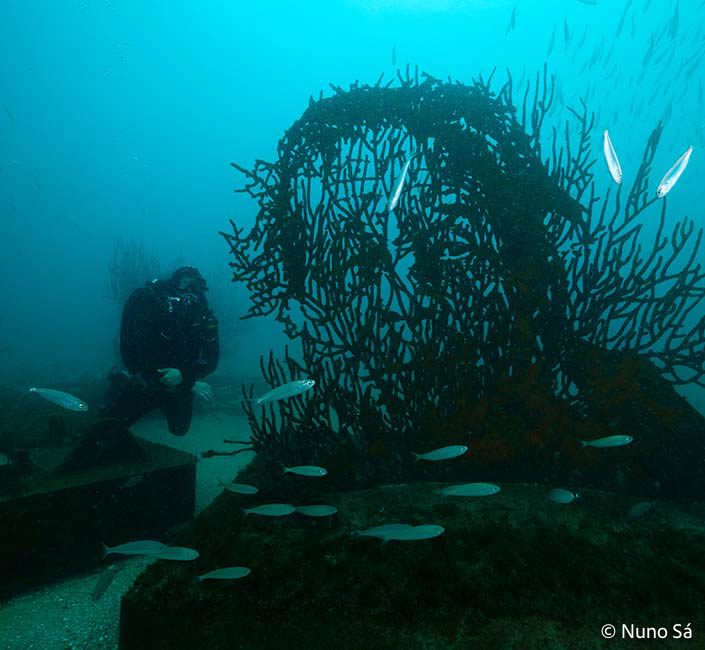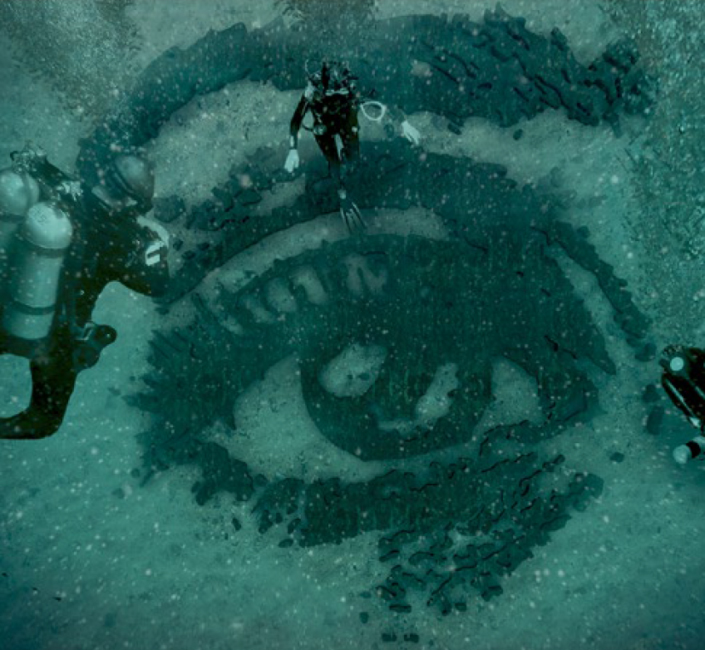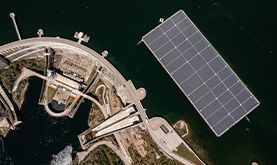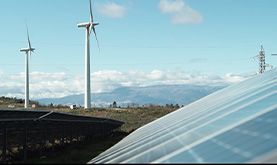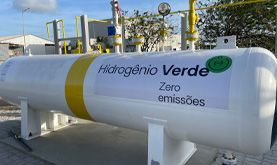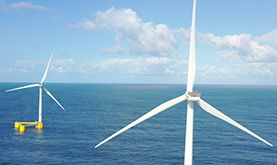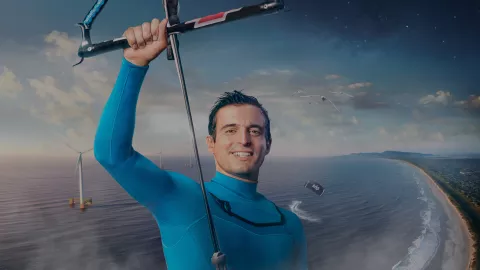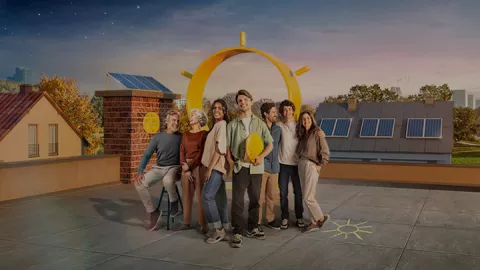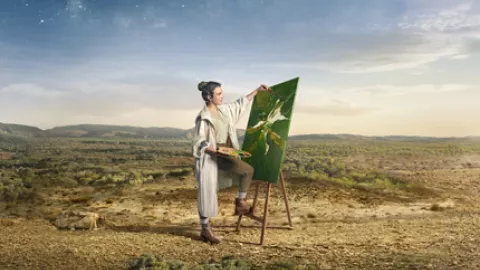If we choose Earth, we have to include the sea.
The materials have been removed from the coal-fired power stations of EDP, which now has the goal of transitioning to energy produced by renewable technologies instead of by fossil fuels. The artist transformed these materials into works of art and, in turn, nature will transform the works of art over time into an ecosystem for marine life.
This installation is a dialogue between art and nature, following the principle of creating a new, re-purposing materials being a recurring feature of the works of Vhils, as he reinterprets them and gives them an artistic meaning and new role. This dialogue aligns with the commitment by EDP to choose the path to decarbonisation. To choose art as inspiration and a way to influence society. To choose Earth.
Guided tour
Take a closer look at the link between art and the ocean and find out how to visit this underwater exhibition, accompanied by a specialized company.
Find out how to visitDiving into the past and the future
Six sets, 13 pieces. A journey through the relationship between people and the oceans on a reef coming to life in Albufeira, a new ecosystem of marine life. A mile off the coast and around 12 metres deep, Vhils' underwater exhibition can be visited by divers with the appropriate certification, making the Algarve a unique cultural diving destination. An opportunity to reflect on the planet and what we can do to improve it. Choosing the Earth is also very much about the sea.
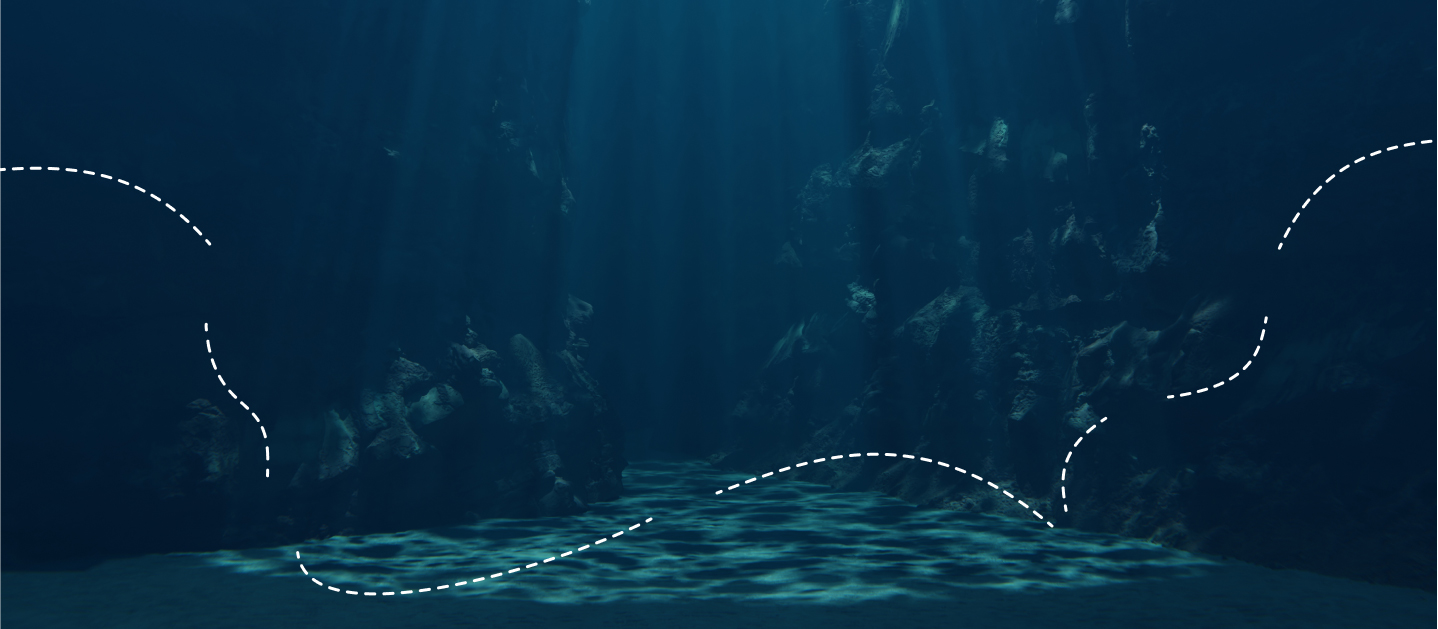

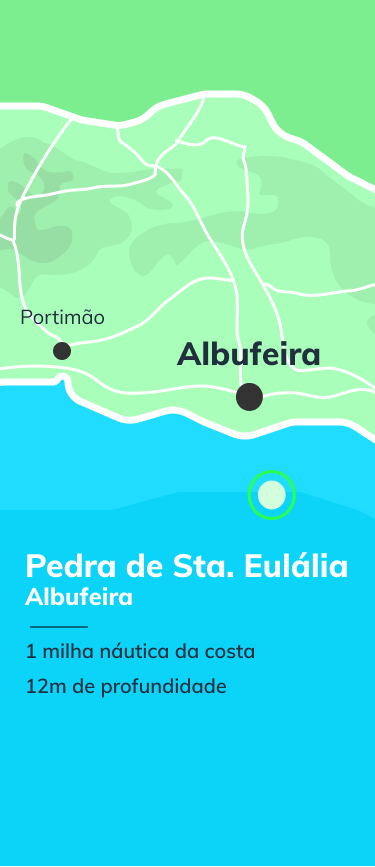
Periscópio
The conquest of the sea started globalization and connected the continents. In EDP Art Reef's initial piece, as we pass through the centre of the Sines coal mill, we can see the three Atlantic horizons, three openings geographically oriented towards Europe, Africa and America. In Periscope we also see their inhabitants, a contemporary face carved in iron for each continent.
Heros
Man continues to find ways to conquer the sea, but today he is travelling more efficiently. Three concrete sculptures pay homage to the unsung heroes who symbolize our relationship with the sea. The inclination of the pieces, with their faces in relief, optimizes the reflection of light, enhancing their visibility for divers.
Cárcer
An old water tank at the Carregado Power Station serves as a canvas for Vhils to reproduce a city. The ultimate exponent of technological, economic, social and cultural development, cities also represent a loss of connection with the natural world. The urban barrier and the cycle of consumption leave us constrained in the imbalance we cause to the ecosystem.
Pegada
Many populations are threatened by the seemingly unstoppable rise in the average water level. The sculpture Pegada puts on a scale three dates that demonstrate this impact on the planet and on people. It was in 1880 that sea levels began to be measured; in 1993 the rise accelerated; and 2022 is the most recent record, a point of no return.
Equilibrium
This piece proves that, with the right knowledge and gestures, we can create the conditions for life. The totem made up of three pieces from a Spanish power station shelters marine fauna. And in the laminar structures that surround it, five metal coral faces, other real corals merge with the work. The materials came from Asturias, the corals from the Algarve.
Olhar
At the end of the journey, when the oxygen level demands a return to the surface, the last piece reveals a gaze embedded in the seabed, a warning to be more attentive to our impact. The eye that emerges from the seabed is also watching us. It reminds us that, just as the oxygen in the tank is running out, the planet needs our action.
EDP Art Reef in numbers
A project as vast as the ocean
Three power stations, two countries.
The raw material for the reef
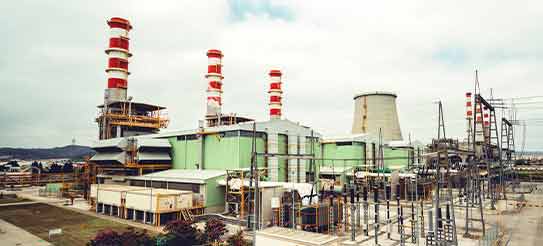
Carregado Thermoelectric Power Station
This thermoelectric power plant, made up of 6 production groups, operated between 1969 and 2010. The groups initially operated with fuel oil but, in 1997, groups 5 and 6 were converted to dual burning, and started to also operate with natural gas – it was the first Portuguese unit to make the transition to a more efficient fuel.
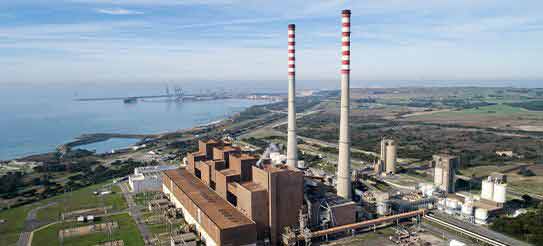
Sines Thermoelectric Power Station
The coal-fired Sines Power Station began producing energy in 1985, its 1,256 MW output supplying a third of the electricity consumed in Portugal. It was closed in 2021, contributing to the sustainability of the planet and opening the door to new, green energy projects.
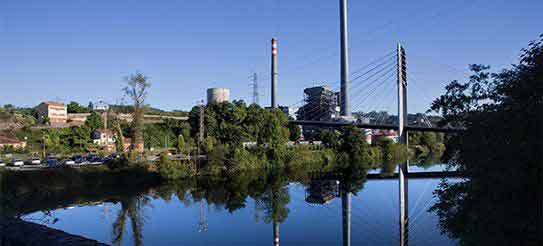
Soto de Ribera Thermal Power Station 2
Of the 3 groups at the Soto de Ribera plant, Soto 2 operated between 1967 and 2016, and is currently being dismantled. There are several ongoing projects with the aim of transforming this plant into an energy production and storage centre in Asturias.
Corals, the basis of the Reef
Protected from the currents, the EDP Art Reef pieces are in a privileged position to enable life to grow on the new reef. In addition to space for all kinds of marine animals to pass through and settle there, live coral will be planted on the works by Vhils to accelerate the growth of the ecosystem. A healthy reef is proof that nature is in balance.
The corals, raised in the Algarve region by the local Plant a Coral project, demonstrate the importance of having the right partners to strengthen sustainability. The EDP Art Reef was created thanks to Vhils and materials from the former EDP power stations, also relying on the commitment of the Albufeira City Council, Turismo de Portugal, Albufeira Marina, Algarve Centre of Marine Sciences of the University of Algarve (CCMAR-UAlg), Directorate-General for Natural Resources, Safety and Maritime Services (DGRM), Portuguese Environment Agency (APA), Navalrocha, Easydivers and Xavi-Sub and production partners, including Mota Engil, Lindo Serviços and AMOP.
Vhils
Since 2005, he has presented his work around the world in exhibitions, events and other contexts - from working with communities in the favelas of Rio de Janeiro to collaborations with a variety of renowned institutions. Represented by several renowned international galleries, his work is also represented in various public and private collections in several countries.
EDP's path towards a green future
Our commitment to the planet encompasses all ecosystems and all renewable energy sources. And water - the oceans, seas, rivers, lakes and lagoons - is essential in the path EDP is travelling towards carbon neutrality in 2030 and to the end of coal use by 2025. Regarding the sea, we have been members of the UN Global Compact since 2004, among the signatories of the Sustainable Ocean Principles. We are similarly committed to nine of the 17 Sustainable Development Goals defined by the UN. All this because we choose Earth.
